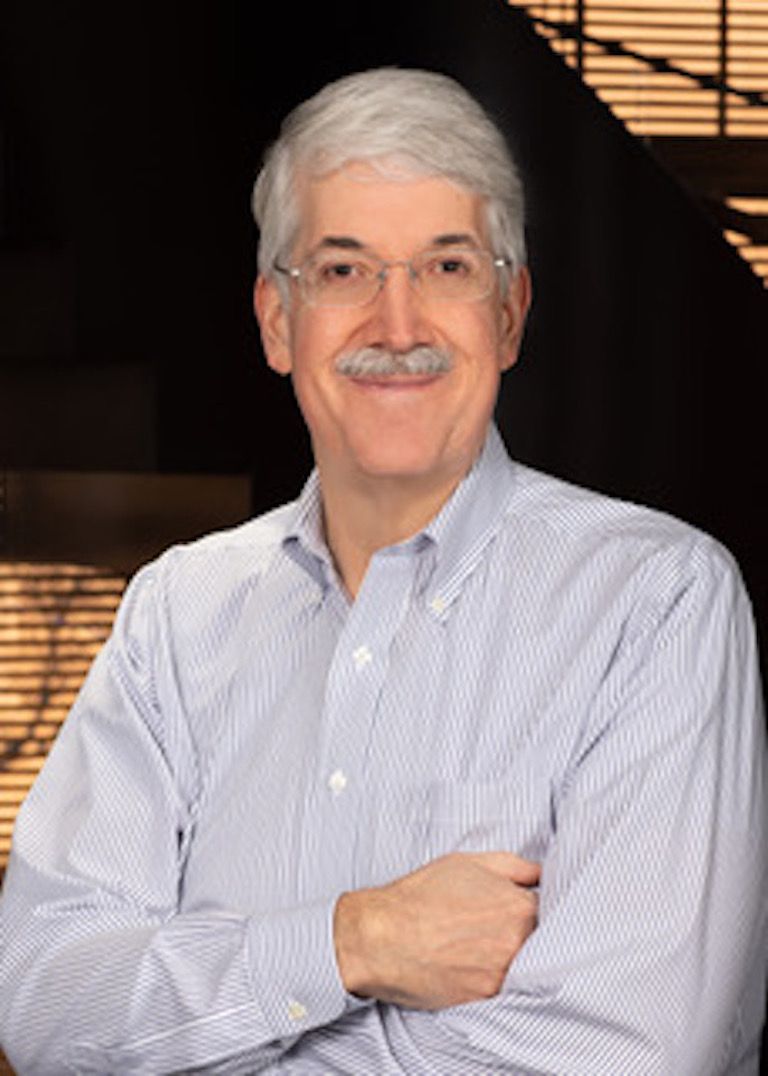John Doyle, Harvard University: Cold and ultra-cold molecules for quantum science

Seminar
2:00 pm - 3:00 pm
Speaker
John M. Doyle
Professor of Physics
Harvard University
Bio
John Doyle, Henry B. Silsbee Professor of Physics, Harvard University, grew up in the U.S. and received his bachelor’s degree from the Massachusetts Institute of Technology (M.I.T.) in 1986. After he obtained his Ph.D. degree from, and a short postdoc at M.I.T., he became assistant professor of physics at Harvard University in 1993. John Doyle's research centers on using cold molecules for science ranging from particle physics to bio-analysis to quantum information. Starting with the development a new technique for producing heavy, polar radical molecules in an intense beam, he launched with collaborators searches for physics beyond the Standard Model (BSM) through probing for the electron electric dipole moment. His group also studies fundamental collisional processes in atoms and molecules and develop tools to achieve full quantum control over increasingly complex molecular systems. He is working to realize new techniques to trap and study processes in polyatomic molecules. The Doyle group has pioneered general techniques for cooling and loading atoms and molecules into traps and the laser cooling of polyatomic molecule. He is the co-Director of the Harvard Quantum Initiative, director of the Japanese Undergraduate Research Exchange Program (JUREP), and for twenty years was a founding co-director of the Harvard/MIT Center for Ultracold Atoms. He has published papers in the areas of ultracold atoms, molecules, spectroscopy, precision measurement, ultracold neutrons, and dark matter detection and supervised the PhDs of over thirty students. He is a Humboldt, Fulbright, and American Physical Society Fellow and a winner of the APS Broida prize.
Abstract
Polar molecules, due to their intrinsic electric dipole moment and their controllable complexity, are a powerful platform for precision measurement searches for physics beyond the standard model (BSM) and, potentially, for quantum simulation/computation. This has led to many experimental efforts to cool and control molecules at the quantum level. Polyatomic molecules, perhaps much larger than those just listed, have attracted new focus as potential novel quantum resources that have distinct advantages (and challenges) compared to both atoms and diatomic molecules. I will discuss how some key features of polyatomic molecules can be used to enhance applications in quantum simulation/computation and the search for BSM physics. I will discuss our results on the laser cooling of molecules into the ultracold regime and future prospects for molecules in Quantum Science, including the creation of an optical tweezer array of ultracold CaF molecules, the study of ultracold CaF collisions, and the laser cooling of the polyatomic molecules SrOH, YbOH, CaOH and CaOCH3. Finally, if time permits, I will discuss recent measurements indicating that it might be possible to laser cool much larger molecules, including phenols and napthols.